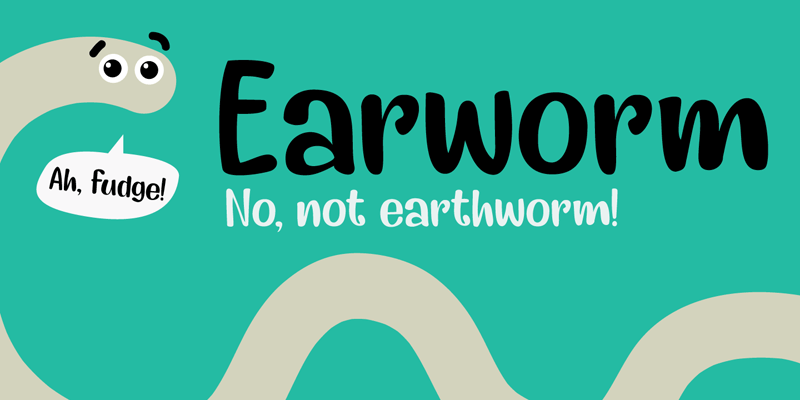This week I delved more into the implementation of the data visualization techniques. I want for it to be visually obvious what parts are a close match and what parts are not, so there should be a red to green scale in some way or form, where red means that part is not a close match and green means it is a close match. This can be done through shading the differences between the graphs, or simply coloring the line representing the melody based on how close it is to the closest matched melody, though this would probably be harder to see.
A thought to consider is whether or not the input should be plotted against each song separately, or if the information can be aggregated into one visual. Using either of the methods mentioned above, they would have to be separate to be meaningful. I will be continuing to explore what methods are effective and most telling of the process.
I have not done much work on visualization for the CNN branch yet because it’s more difficult to do without data. To combat this I may try generating test matrices similar to the ones shown in this paper to explore some options. Perhaps using the similarity features we can pull out the bits of melody that were found to be matching.
Since our computation will largely be in Matlab, it may be easier to develop a web app instead of a mobile app. With that in mind, my goal for next week will be to spin up a basis/frame for the app.
